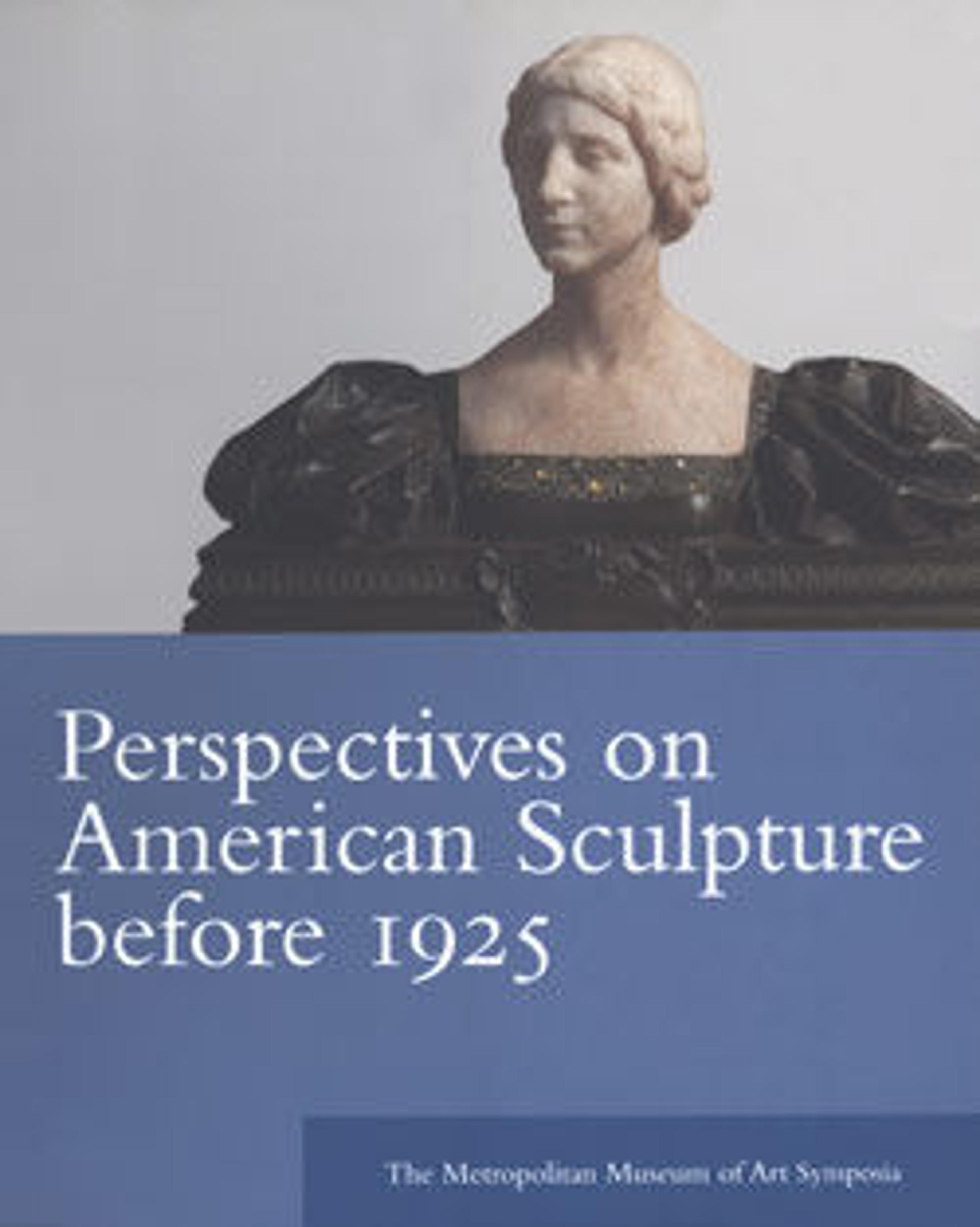Blind Homer Led by the Genius of Poetry
One of many American neoclassical sculptors who worked in Italy during the mid-nineteenth century, Bartholomew had a brief but successful career. "Blind Homer Led by the Genius of Poetry" attests to his command of the illusionistic and technical challenges of relief sculpture. The figures project convincingly as Poetry leads Homer across a plinth. They are dressed in classical garb that clings to their bodies yet falls in stylizing folds, suggesting the pull between realism and idealism often evident in mid-nineteenth-century American sculpture. This relief—and indeed many by Bartholomew and other Americans—reflects the profound influence of Italian sculptor Antonio Canova, especially in the crisp linearity of form and refined carving. The marble is surrounded by its original gilt frame.
Artwork Details
- Title: Blind Homer Led by the Genius of Poetry
- Artist: Edward Sheffield Bartholomew (1822–1858)
- Date: 1851
- Culture: American
- Medium: Marble
- Dimensions: 29 3/4 x 20 3/8 in. (75.6 x 51.8 cm)
Framed: 36 1/2 x 27 1/8 x 3 3/4 in. (92.7 x 68.9 x 9.5 cm) - Credit Line: Purchase, Morris K. Jesup Fund, and Gift of William Nelson, by exchange, 1996
- Object Number: 1996.74
- Curatorial Department: The American Wing
More Artwork
Research Resources
The Met provides unparalleled resources for research and welcomes an international community of students and scholars. The Met's Open Access API is where creators and researchers can connect to the The Met collection. Open Access data and public domain images are available for unrestricted commercial and noncommercial use without permission or fee.
To request images under copyright and other restrictions, please use this Image Request form.
Feedback
We continue to research and examine historical and cultural context for objects in The Met collection. If you have comments or questions about this object record, please contact us using the form below. The Museum looks forward to receiving your comments.
